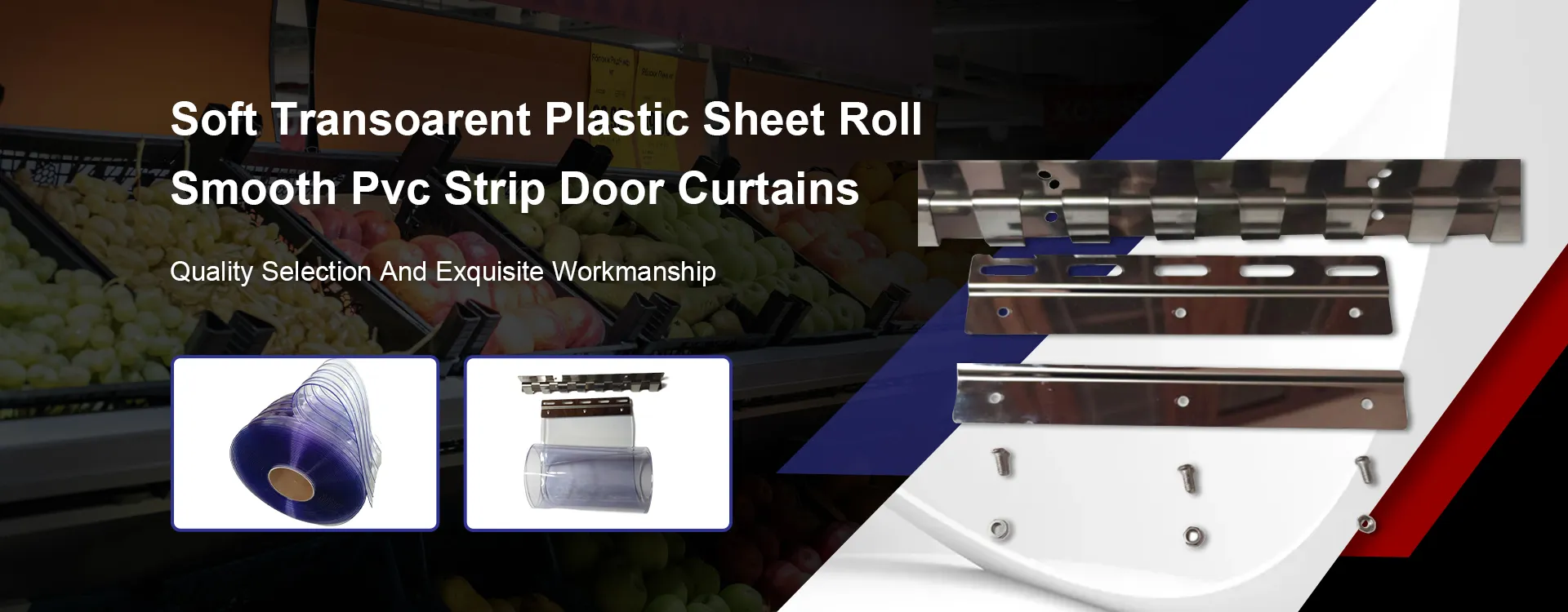- Afrikaans
- Albanian
- Amharic
- Arabic
- Armenian
- Azerbaijani
- Basque
- Belarusian
- Bengali
- Bosnian
- Bulgarian
- Catalan
- Cebuano
- Corsican
- Croatian
- Czech
- Danish
- Dutch
- English
- Esperanto
- Estonian
- Finnish
- French
- Frisian
- Galician
- Georgian
- German
- Greek
- Gujarati
- Haitian Creole
- hausa
- hawaiian
- Hebrew
- Hindi
- Miao
- Hungarian
- Icelandic
- igbo
- Indonesian
- irish
- Italian
- Japanese
- Javanese
- Kannada
- kazakh
- Khmer
- Rwandese
- Korean
- Kurdish
- Kyrgyz
- Lao
- Latin
- Latvian
- Lithuanian
- Luxembourgish
- Macedonian
- Malgashi
- Malay
- Malayalam
- Maltese
- Maori
- Marathi
- Mongolian
- Myanmar
- Nepali
- Norwegian
- Norwegian
- Occitan
- Pashto
- Persian
- Polish
- Portuguese
- Punjabi
- Romanian
- Russian
- Samoan
- Scottish Gaelic
- Serbian
- Sesotho
- Shona
- Sindhi
- Sinhala
- Slovak
- Slovenian
- Somali
- Spanish
- Sundanese
- Swahili
- Swedish
- Tagalog
- Tajik
- Tamil
- Tatar
- Telugu
- Thai
- Turkish
- Turkmen
- Ukrainian
- Urdu
- Uighur
- Uzbek
- Vietnamese
- Welsh
- Bantu
- Yiddish
- Yoruba
- Zulu
Benefits of Industrial Curtains for Enhancing Workplace Efficiency and Safety in Various Industries
The Importance of Industrial Curtains in Modern Manufacturing
In today’s fast-paced manufacturing environment, the need for effective space management, improved workflow, and enhanced safety measures are paramount. Among the various solutions available to achieve these objectives, industrial curtains stand out as a versatile and practical option. These specialized curtains can be used in a myriad of ways, enhancing the functionality of industrial spaces while providing numerous benefits.
What are Industrial Curtains?
Industrial curtains are heavy-duty fabric barriers designed to demarcate areas within a manufacturing or warehouse setting. Made from durable materials such as vinyl or polyester, they can be used to create partitions, control temperature, contain dust and debris, and manage sound. Unlike traditional walls, industrial curtains are flexible and can be easily adjusted, allowing businesses to change their layout as needed.
Benefits of Industrial Curtains
1. Space Optimization One of the primary advantages of industrial curtains is their ability to optimize floor space. In many manufacturing facilities, space is at a premium. Industrial curtains can be used to create temporary walls, which help separate different areas for various operations without the need for permanent construction. This flexibility allows businesses to adapt to changing operational requirements quickly.
2. Enhanced Workflow By creating designated areas for specific tasks, industrial curtains help improve workflow efficiency. For instance, separating manufacturing areas from shipping zones can minimize disruptions and enhance productivity. Workers can focus on their designated tasks without the distraction of other ongoing operations.
industrial curtain

3. Temperature Control Industrial curtains can also play a critical role in temperature regulation. In industries such as food processing and pharmaceuticals, maintaining a controlled environment is essential. Using thermal curtains can help insulate specific areas, ensuring that temperature-sensitive processes are conducted within the required parameters. This temperature control can lead to increased quality and safety of products.
4. Dust and Debris Control In environments where dust and debris are prevalent, industrial curtains can contain particles within a specific area, protecting both workers and machinery from contamination. This is particularly important in sectors like automotive manufacturing or woodworking, where airborne particles can affect both product quality and worker health. By utilizing industrial curtains, companies can maintain cleaner environments that comply with health and safety standards.
5. Noise Reduction Noise can be a significant issue in busy manufacturing facilities. Industrial curtains with sound-absorbing properties can minimize acoustic disturbances, creating a more comfortable work environment. This can lead to increased worker morale and productivity, as employees find it easier to concentrate without the distraction of excessive noise.
6. Cost-Effectiveness Compared to traditional construction methods, installing industrial curtains is a cost-effective solution for space management. They require less time to set up and can be modified or removed without extensive renovations. This flexibility results in lower overhead costs, making industrial curtains an economically sound choice for many businesses.
Conclusion
Industrial curtains represent an innovative solution for maximizing efficiency, safety, and flexibility in manufacturing settings. As industries continue to evolve, the demand for adaptable and effective space management solutions grows. By investing in industrial curtains, companies can not only enhance their operational workflows but also create a safer and more comfortable environment for their employees. In the competitive landscape of modern manufacturing, such advantages can make a substantial difference in overall productivity and success.
-
High-Quality PVC Strip Bulk Rolls – Anti-Insect, Plastic & Standard PVC Strip Curtains for Industrial UseNewsJul.08,2025
-
High-Quality Plastic Strip Door Curtain La Gama – Keep Spaces Fresh and HygienicNewsJul.08,2025
-
Plastic Flaps for Freezer Doors – Durable & Efficient Plastic Strips and CurtainsNewsJul.08,2025
-
Industrial Plastic Curtains for Efficient Temperature Control Durable Strip Doors for Butchers & RefrigeratorsNewsJul.07,2025
-
High-Quality PVC Door Curtain – Magnetic & Transparent Options for Efficient SeparationNewsJul.07,2025
-
High-Quality 냉장실용 커튼 for Efficient Cooling Durable PVC Coated Wire Mesh RollosNewsJul.06,2025



